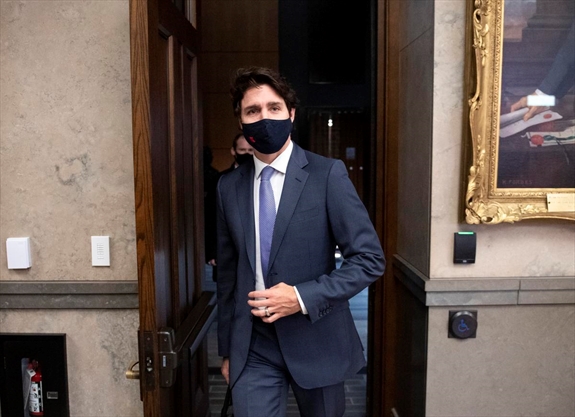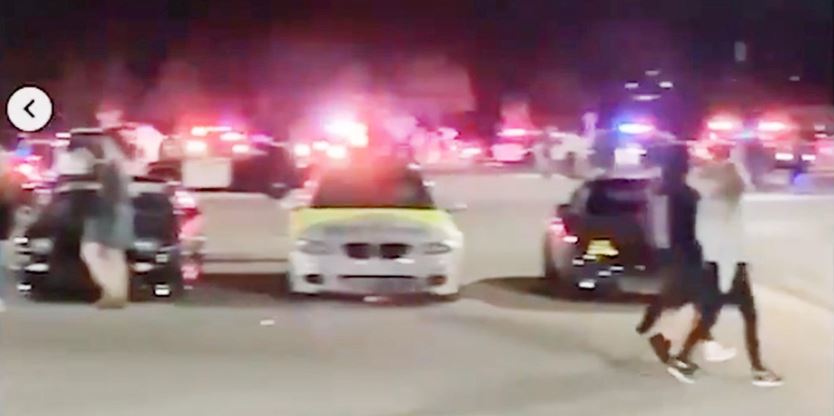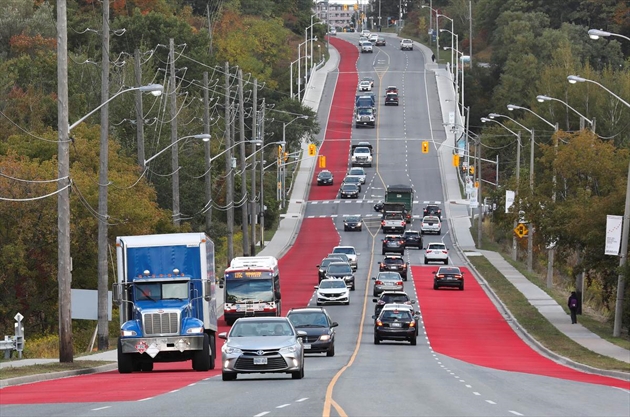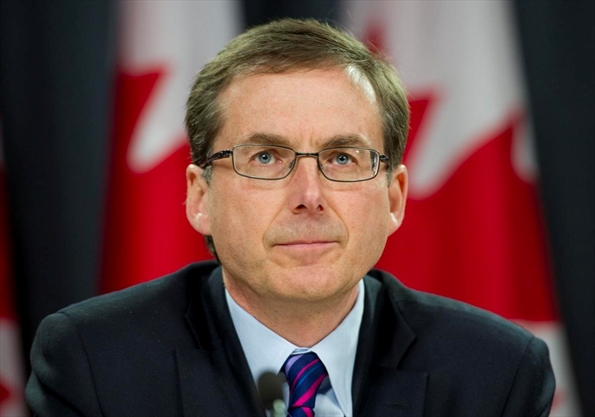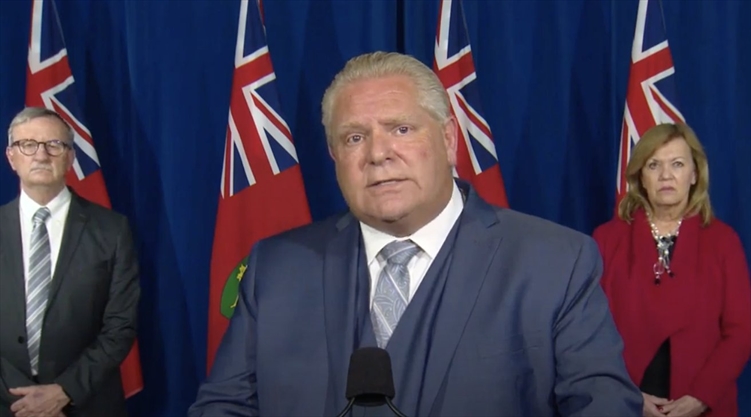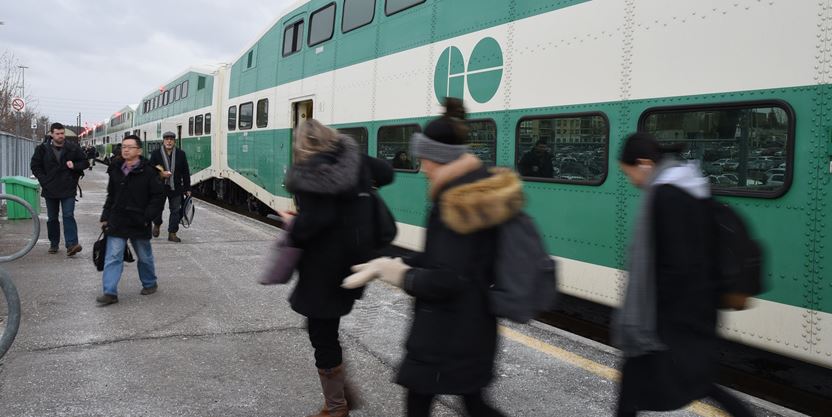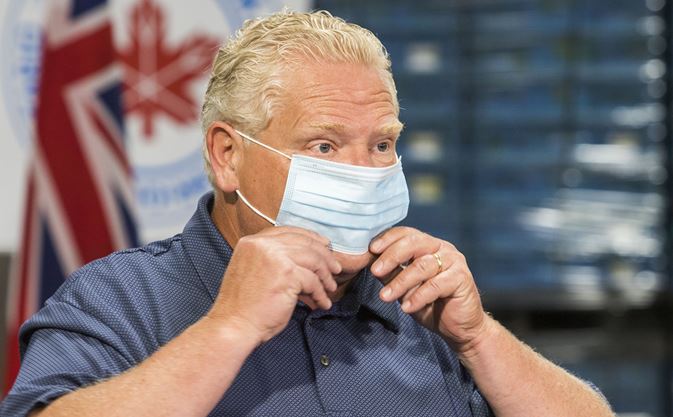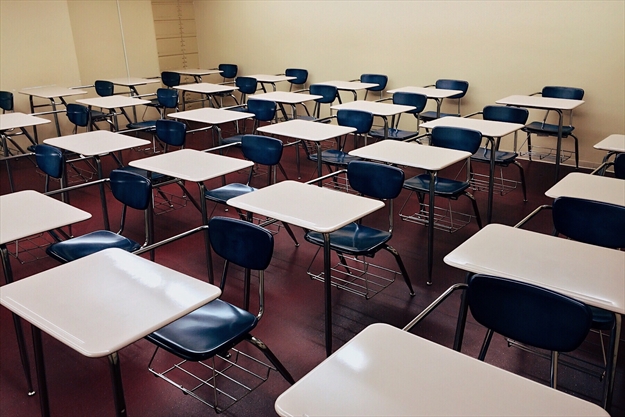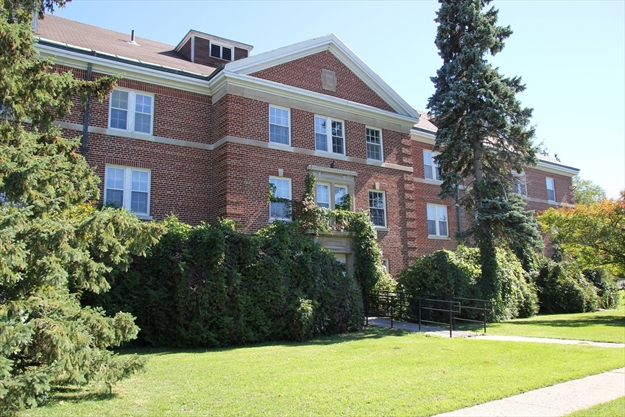Susan Delacourt: Justin Trudeau’s plan is long on promises and short on details. Why is his government leaving so much unsaid?
Just to be clear: Justin Trudeau’s government has not acquired the ability to see into the future.
Granted, the prime minister’s office briefly did create that impression late last week, when it reported on a phone call that hadn’t happened yet with Conservative Leader Erin O’Toole.
But Monday’s highly conditional fall economic statement should dispel any ideas about Trudeau’s Liberals knowing exactly how the pandemic will play out — or whether the country will be tipped into an election before it’s over.

It’s said that COVID-19 has exposed the gaps in Canada. So does an economic statement issued in the midst of a pandemic’s second wave — by a government that holds only minority power in Parliament and fragile relationships with the provinces.
So what is missing from Monday’s economic statement — all the blanks left about the future — will likely dictate how rough a political ride Trudeau’s government will face in the days ahead.
Within the next week or so, Trudeau will be going into an important meeting with Canada’s first ministers, who have been pretty clear about their demands for more health-care dollars from Ottawa.
No such money is set aside in the fall economic statement, but it does say that Trudeau will arrive at that meeting with $1-billion for long-term care and a bid for national standards at these institutions so ravaged by COVID.
Will the provinces even start a conversation on national standards without some money on the table for health care overall? That’s one of the blanks in the economic statement, setting the stage for what could be a stormy first ministers meeting in early December.
A lot of specifics are also missing about the “build-back-better” plan that Trudeau’s government is vowing to launch once the “dark winter” of the pandemic’s second wave is over.
“We are announcing the scope of the plan now, and committing to come back in budget 2021 with more details,” the statement promises.
There are hints of a child-care program to come, a green recovery and national pharmacare, but these are more distant objectives and in the meantime, the government will be gathering up advice and ideas.
All the conspiracy theorists warning of Trudeau’s “great reset” agenda will be delighted. The fall economic statement gives them just enough ammunition to say that Trudeau has big designs on the future, but a level of inexactitude that leaves them room to fill in their own scary-sounding details.
O’Toole, whose own Conservatives have been helping to feed that “great reset” mania on Twitter, went after the vagueness too in his early reaction to Monday’s statement, saying it was a demonstration of a government improvising its way through a crisis.
“This government is not providing a plan. It is not providing clarity,” O’Toole said.
New Democratic Party Leader Jagmeet Singh, who has been helping the Trudeau Liberals avoid an election so far, was saying he wanted more in the economic statement too, particularly in the area of making the wealthy pay for social programs that Canada needs now.
Politicians like to say they don’t answer hypothetical questions, but the federal economic statement of fall 2020 is a full-scale plunge into a hypothetical future. It is framed entirely as an if-this-happens strategy for getting past the pandemic.
When will we know the economy is “roaring back?” Details to come. Phrases such as “additional details will follow” and “further details will be announced” punctuate the 250-plus pages of the document.
In the parlance of the finance people who wrote it, the economic statement is more of a down payment on a recovery strategy than a strategy itself.
In an ideal world for Trudeau’s government, it will be enough of a down payment to secure some opposition support for all those as-yet-vague details to come. Minority governments survive on negotiating “details to come” with opposition parties — the economic statement also appears to have been written with that in mind.
We are coming to the end of a year that has laughed in the face of predictions, so it would be perilous to forecast at this point whether this new economic statement will be a tipping point to a snap federal election.
The very conditions that made the economic statement so cagey — COVID’s second wave, lockdowns all over the country, uncertainty over everything from vaccine arrival to holiday gatherings — are a strong argument against any federal election right now.
As we learned last week with that premature press release, the future cannot be foretold in any kind of statement from Trudeau’s government right now. It will emerge in how Liberals fill in the blanks they are keeping deliberately, hypothetically open.
Susan Delacourt is an Ottawa-based columnist covering national politics for the Star. Reach her via email: or follow her on Twitter: @susandelacourt
